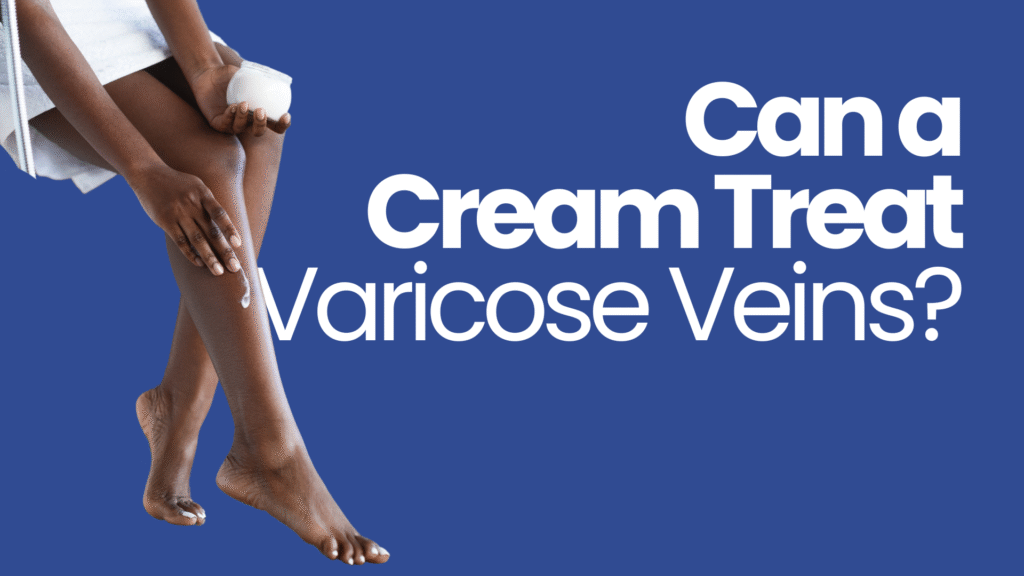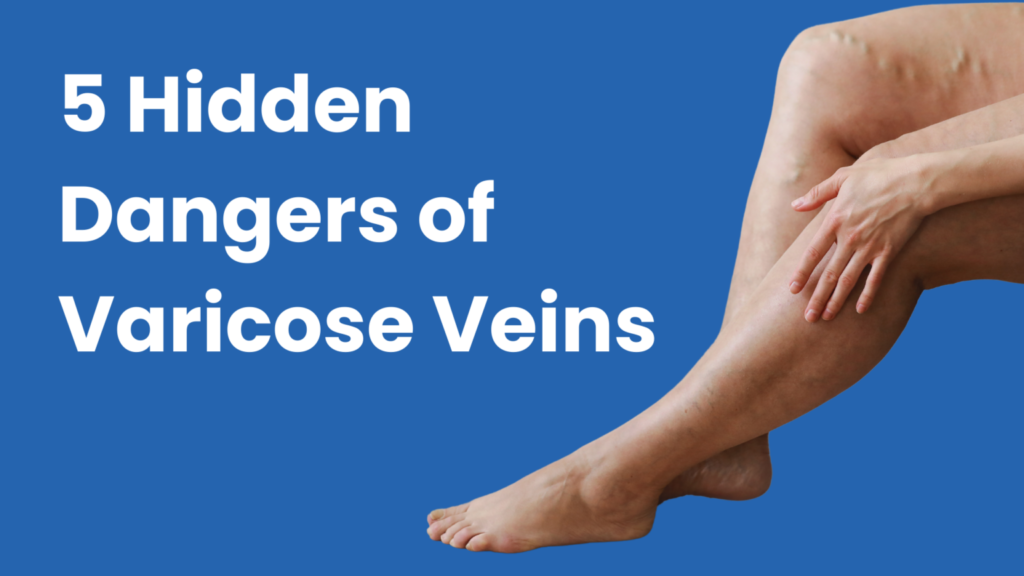Pregnancy, hormones, gender — these are just a few of the hard-to-avoid factors that play a role in whether you might develop varicose veins. While there may not be anything you can do about some of these factors, there are some steps you can take to prevent varicose veins.
As vascular experts, Dr. Ariel Soffer and the team here at Soffer Health Institute recognize that there’s no way to fully prevent varicose veins. That said, you can offset certain risk factors to reduce your chances of developing these unsightly veins. Let’s take a look.
Table of Contents
ToggleFactors beyond your control
Before we get into our prevention tips, let’s review some of the factors that aren’t really within your reach to change.
Gender is a big predictor for varicose veins. Women are more prone to problematic veins like varicose veins and spider veins for two main reasons — pregnancy and hormones. Your reproductive hormones regulate the health of your blood vessels to some extent and when these hormones fluctuate, such as during pregnancy and menopause, it can lead to weaker venous walls.
As a result, women in the United States outpace men by two to one when it comes to varicose veins.
Other issues you can’t control are aging and genetics, both of which are risk factors for varicose veins.
A few tips for preventing varicose veins
Gender, age, and genetics aren’t the only risk factors for varicose veins, so we want to review a few risk factors over which you do have some control, including prolonged sitting or standing, carrying too much weight, smoking, and a sedentary lifestyle.
Here are tips for overcoming these situations.
1. Take breaks from prolonged sitting or standing
If you spend much of your day seated for long periods or standing for long periods, these stationary positions place you more at risk for varicose veins. If you sit much of the day, make an effort to get up and move around to get your blood flowing. If, conversely, you’re standing a great deal, make time to sit down and elevate your legs.
2. Lose weight
If you’re carrying extra pounds and have obesity, this can interfere with venous function in your legs. Losing weight not only improves your health, but reduces your chances for developing varicose veins.
3. Quit smoking
If you’re a smoker, you may be damaging the blood vessels in your body, leaving them more vulnerable to a wide range of issues, including varicose veins. By quitting, you can boost your health in innumerable ways, which includes your vascular health.
4. Keep moving
If you lead a sedentary lifestyle, a little bit of exercise can do wonders for your the health of your blood vessels. Getting up and moving not only helps your blood to flow more freely, but also builds more muscles in your legs, which helps to push the blood back up to your heart.
As a final prevention technique, we want to discuss compression stockings. If you have risk factors that aren’t within your control to change, you can offset these risks somewhat by giving the veins in your legs a little extra support with compression stockings.
If, despite your best efforts, varicose veins still form, the good news is that we offer a wide range of effective treatment options. To learn more about these options, contact one our offices in Weston, or Aventura, Florida, to set up an appointment.



